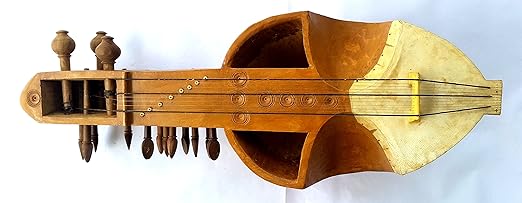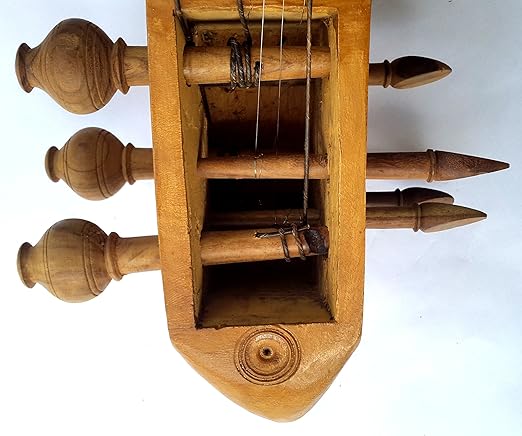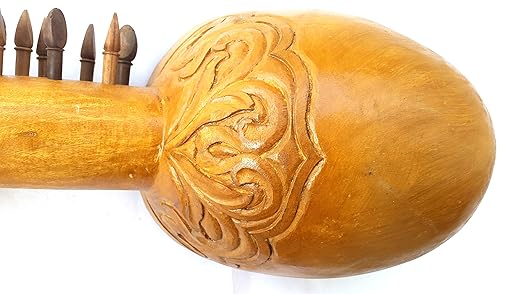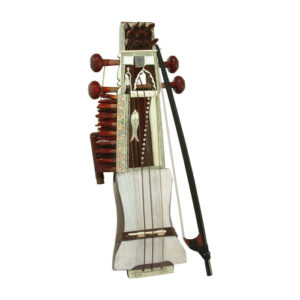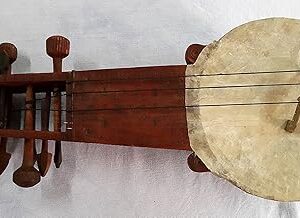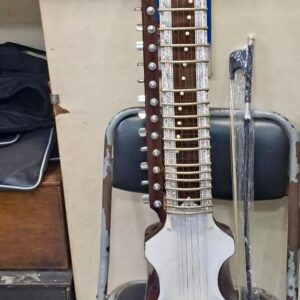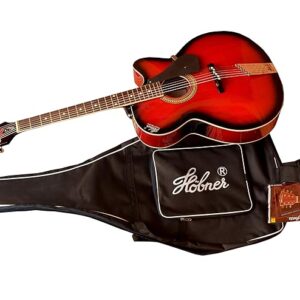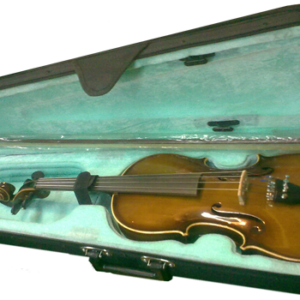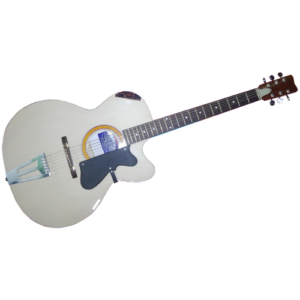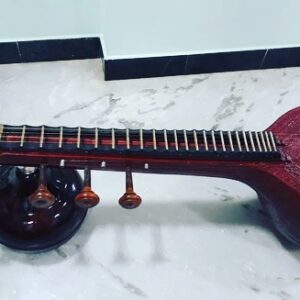Description
Sarinda
Special Features:
Good sound quality, classically tuned.
Delivery Time: 20-30 Working Days after Successful Payment.
For More information SMS 3000 Name Email Country and Send to +919830066661
N.B: All prices are inclusive of Shipping (International Air Mode)/ Packing/ Tax/ Insurance. No hidden cost. Read our Terms & Conditions, Privacy Policy and Shipping Policy.
In The Box: Sarinda, Bow, Raisin, Bag
History (Wikipedia):
From where we get Sarinda- Small history below:
Our knowledge about the instrument is from Wikipedia. As per Wikipedia, we shared this small history to let our customers know about the instrument history. Musicians play the sarinda with a bow, and furthermore, craftsmen craft it from a single wooden block, featuring three playable strings, which consist of two steel strings and one made from gut. Additionally, there is a total of thirty-six sympathetic strings. These strings cascade down a slender waist and, moreover, traverse an oval-shaped resonating chamber, which artisans partially adorn with animal skin. Consequently, players use it while sitting on the ground in a vertical orientation.
The fifth Sikh guru, Guru Arjan, first introduced the instrument to the Sikhs and, consequently, played it while performing kirtan. Moreover, the sarangi and Nepali sarangi resemble the sarinda. Additionally, the Boro people call the sarinda “serja” or “serenja.”Finally, in 2022, the authorities awarded a Geographical indication (GI) certificate to the sarinda. The sarangi, another bowed instrument also featured in Musical Wonders of India. It is closely relates to the sarinda; however, unlike that instrument, only half of the belly is covered by the parchment, while the remainder is left open.
The sarinda is used in traditional music and dance by several ethnic groups of India, such as the Bauls of Bengal, Punjabi people, the folk artists of Rajasthan, the Boro of Assam, and the related Twiprasa of Tripura. Moreover, it is the sole accompaniment for a soloist or group folk singers, this provides a basic history of the instrument.
